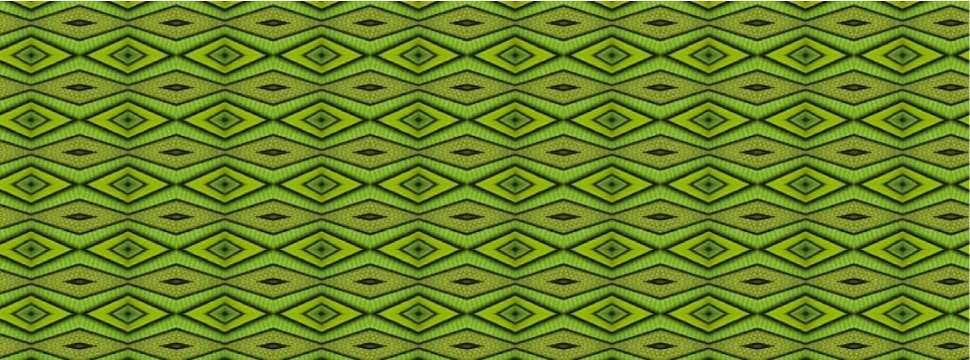Arsenic-containing wallpapers - literally "poison green"
News News blog
Green stands for health, nature and environmental protection?
That was not always the case. Green paint still brought death to many people until the beginning of the 20th century.

Green pigment was made from natural substances such as leaves. But the colour obtained was unfortunately dull and faded easily.
Carl Wilhelm Scheele produced the first synthetic green dye in 1778, called Scheele's Green - but it contained arsenic.
Wilhelm Sattler, a manufacturer from Schweinfurt/Germany, was inspired by Scheele's work on the arsenic-containing green pigment. He produced his own green pigment in 1814 and named it Schweinfurt Green. The composition of this colour pigment largely corresponded to that of Scheele's Green and contained arsenite. Schweinfurt Green was very successful on the market because of its luminosity and brilliance and because the shade remained the same whether in daylight or artificial light.
Ballrooms, carpets, candles, clothing - everything was dyed in the new fashionable colour.
By the end of the 18th century, the wallpaper industry had developed in Europe. And, of course, the popular Schweinfurt Green Colour also became popular for wallpaper. At first, only the wealthy aristocrats could afford these wall decorations. But through cheap production on continuous paper rolls, the wallpapers also found their way into the rooms of the less affluent.
It was already known that ingesting the substance arsenite could have harmful effects. But nobody suspected that the poison could also enter the body via the respiratory tract...
In 1855, two doctors of the Augsburg hospital reported regarding sick children living in an institution for the deaf and dumb. All the rooms had been painted green during the autumn holidays. After their return, more than half of the children became seriously ill.
It was not until much later that it was discovered that after applying the arsenic-containing paint, a chemical reaction takes place with moisture. This produces toxic fumes of arsenic compounds.
Because of the increasing number of reported illnesses, a law was finally passed in 1879 that made the sale of wallpaper with Schweinfurt Green punishable by imprisonment. Although this reduced the sale of Schweinfurt Green as wallpaper and paint, the number of illnesses continued to rise until the beginning of the 20th century. This was because many flats had already been painted or wallpapered with the toxic paint and people had been living there for years, breathing in the toxic fumes every day.
It took almost 50 years from the first reports of poisoning by Schweinfurt Green to the final ban of arsenic-containing pigments for wallpaper and interior paints. And this gives the word "poison green" a whole new meaning...










